How the Belgian king Leopold II destroyed 10 millions of Africans
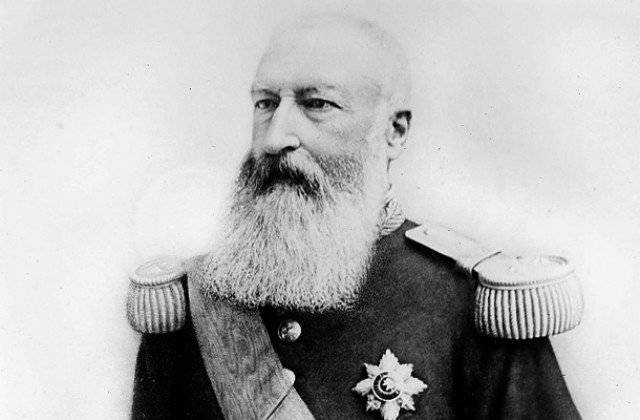
How the king of the most progressive country turned 20 of millions of Africans into their slaves and how public organizations fought against their enslavement, becoming a prototype of the future human rights movements
civilization and for the good of belgium.
Leopold II
(words engraved on the monument
Leopold II in Harlem, Belgium)
It all started with a geographic conference held in 1876 in Brussels, at which the proposals of the King of Belgium Leopold II on introducing the inhabitants of Central Africa to civilization and Western values were voiced. The meeting brought together eminent guests from different countries. These were mainly scientists and travelers. Among them, the legendary Gerhard Rolfs, who managed under the guise of a Muslim to get into the most closed areas of Morocco, and Baron von Richthofen - President of the Berlin Geographical Society and founder of geomorphology. Baron von Richthofen was the uncle of the legendary “red baron” Manfred von Richthofen, the best pilot of the First World War. The famous geographer and traveler Peter Semenov-Tian-Shansky, who chaired the conference, arrived from Russia.
Following the meeting, established the International African Association under the leadership of Leopold II. In addition, the king establishes two more organizations: the Committee for the Study of the Upper Congo and the International Society of the Congo. These organizations were used by him to assert their influence in the Congo Basin. The king's emissaries signed hundreds of treaties with the leaders of the local tribes, according to which land rights were transferred to the Association. The treaties were concluded in English or French, so the tribal leaders had no idea what rights and to what extent they transferred. However, the colonial empires were built through such treaties, so that Leopold II was not very resourceful.
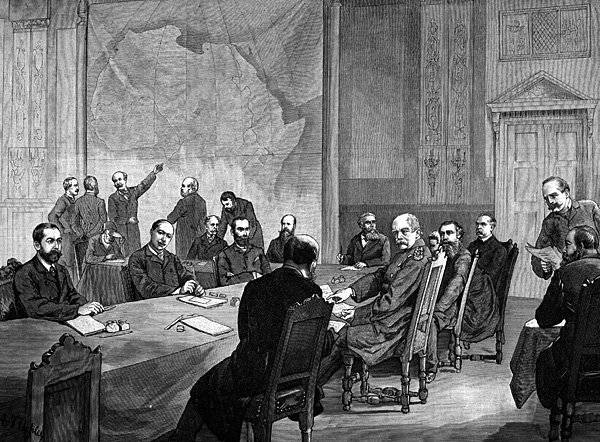
Research in Central Africa has always been very risky. First, because of diseases, many of which European medicine learned to treat only in the second half of the XIX century. Secondly, security, since not all the indigenous tribes peacefully accepted travelers. And thirdly, before the invention of railways and steamboats, the study of the central regions of Africa did not bring any profit, since it was not possible to transport the resources hidden within its limits.
By the beginning of the reign of Leopold II, the necessary tools for research and development of the region had already appeared. Extracting quinine from the cinchona bark (1820) helped fight malaria, the “curse” of Central Africa. With the help of steamboats and railways, it was possible to advance inland, and the invention of the machine gun (for example, the Maxim system, 1883) and the improvement of small weapons nullified the advantage of the natives in manpower. Thanks to these three components (medicine, steamboats, machine guns), the development of Central Africa by the advanced powers became inevitable.
Reports that came to the king, said that the flora and fauna of the region is very rich, especially wild rubber trees, from which scientists have learned how to get rubber. The demand for it at the end of the XIX century is growing rapidly. Not to mention ivory, from which artificial teeth were made, keys for the piano, candlesticks, billiard balls and much more.
In 1884 — 1885, the Berlin Conference, which was attended by representatives of Austria-Hungary, Germany, Russia, the Ottoman Empire, the USA, Great Britain, France and Belgium, designed the colonial division of Africa among the world powers. But the efforts of the Belgian king were rewarded - the Congo Free State of the Congo was proclaimed), complete control of which was transferred to Leopold II. An area of more than two million square kilometers, about 76 times as large as Belgium, became the property of the king, who was now the world's largest landowner. Belgian Prime Minister Auguste Beernart, then stated:
“The state whose sovereign our king is proclaimed will be something of an international colony. There will be no monopolies and privileges. Quite the contrary: absolute freedom of trade, inviolability of private property and freedom of navigation. ”
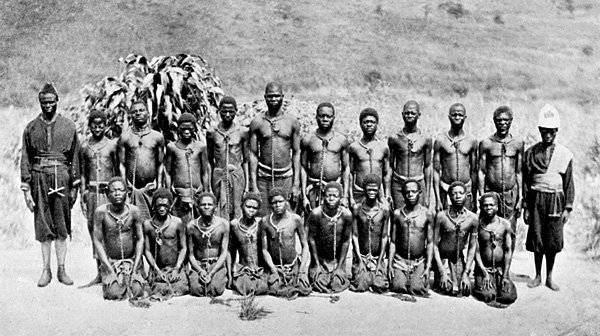
The decisions of the Berlin Conference obliged Leopold II to stop the slave trade, to guarantee adherence to the principles of free trade, not to impose import duties for 20 years, and to encourage charitable and scientific research in the region.
In one of his first decrees, Leopold II prohibits the open publication of Congo’s laws and regulations, so in Europe they will not know for a long time what is happening in a distant province. The king creates three ministries (foreign affairs, finance, and internal affairs), and due to the fact that he never visits his own state, a governor-general position is established with a residence in Bome, the capital of Congo. 15 district commissariats are created, which will be divided into many districts.
Leopold II issues a series of decrees, according to which all land, except for the places of residence of the natives, is declared the property of SGK. That is, forests, fields, rivers, everything that was outside the native villages and where the indigenous people hunted and hunted, became the property of the state, and in fact the king.
In 1890, a discovery takes place that has become a curse for the Congo: John Boyd Dunlop invents an inflatable chamber for bicycle and car wheels. Rubber becomes necessary in the production of many consumer goods: rubber boots, hoses, pipes, seals, insulation for telegraph and telephone. The demand for rubber is increasing dramatically. Leopold II consistently issues decrees that convert the indigenous people of the Congo into serfs, who are ordered to hand over all the resources they have extracted, especially ivory and rubber, to the state. The production rate was set, for rubber it was about four kilograms of dry matter for two weeks - a rate that could only be accomplished by working on 14 — 16 hours per day.
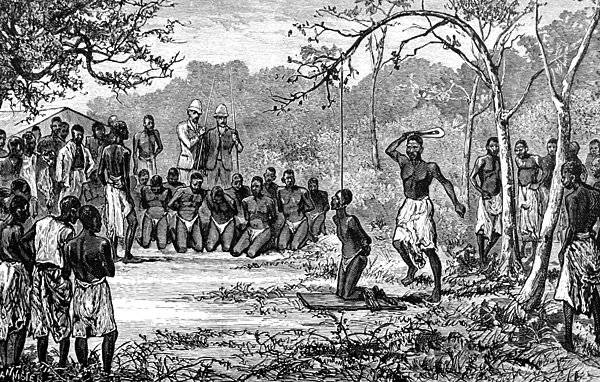
The infrastructure of the expropriation is being created: at both ends of the Congo River, with the help of numerous military and commercial strongholds, cities arise, the traffic of resources from the deep regions of the Congo is established. The main task of “trading points” is the forced selection of resources from the indigenous population. In addition, the king builds a railway from the city of Leopoldville (Kinshasa) to the port of Matadi on the Atlantic.
In 1892, Leopold II decides to divide SGC lands into several zones: lands transferred to companies as a concession with the exclusive right to extract and sell resources, king’s lands and lands on which companies were allowed to trade, but the royal administration levied them with huge taxes and fees. obstacles. Concessions began to be issued, since the royal administration did not control the entire territory of the Congo and, accordingly, was not able to benefit from its operation. Typically, 50% of the shares of the company receiving the concession were transferred to the state, that is, to Leopold II.
The Anglo-Belgian rubber export company, managed by the partners of Leopold II, received the largest concession, the value of which increased 1897 times in 30 year. Organizations that received a concession could set the standards themselves. Not to mention the fact that rubber production in FGC was almost free, and its exports increased from 81 tons in 1891 to 6 thousand tons in 1901, while only for 1897 a year, the company's profit was 700%. The income of the king himself from his possessions increased from 150 thousand francs to 25 million in 1908 year. The apotheosis of capitalism. Karl Marx said: "Provide capital 300% profit and there is no such crime that he would not risk going, even under the fear of the gallows." Leopold II provided capital gains even greater than 300%. Crimes were not long in coming.
Formally, the King established the Social Forces - OS (Force Publique) to combat the slave trade. Now it would be called Private Military Company (PMC). The officers were mercenaries from “white” countries, and ordinary fighters doing the “darkest work” were recruited all over Africa (“wild police”). The colonial authorities did not disdain even recruiting cannibals. In the order of things was the theft of children, who later, after passing appropriate training, joined the ranks of the OS fighters.
The main task of the OS was to monitor the provision of standards. For the shortage of dry rubber, collectors were flogged, hand-cutting was practiced, and for damage to rubber trees they were killed. The OS fighters were also punished for the excessive use of ammunition, so the severed hands (proof of the assignment) were carefully stored so that the authorities were sure that the cartridges were not in vain. To accomplish tasks, the OS fighters did not disdain to take hostages, entire villages were destroyed for refusing to work, men were killed, and women were raped or sold into slavery. In addition to the delivery of rubber, the population of the colony was charged with supplying food to the OS fighters, so the population of the colony was supposed to contain their killers.
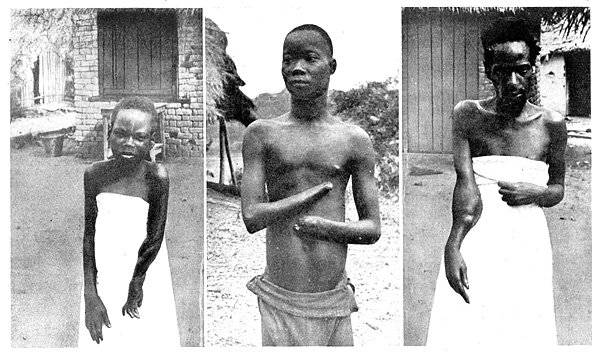
Leopold II did not consider it necessary to build hospitals or even health centers on the lands subject to him. Epidemics raged in many areas, killing tens of thousands of Congolese. From 1885 to 1908 a year, according to researchers, the Congolese indigenous population has decreased by about ten million people.
The destruction of so many people could not go unnoticed. The first person to report a critical situation in the Congo was an African American, George Williams, who visited the Congo and wrote a letter to King Leopold II in 1891 detailing the suffering of the Congolese from the colonialists. Williams reminded the king that "crimes committed in the Congo are committed on behalf of the king and make him no less guilty than those who commit these crimes." He appeals to the President of the United States - the first country to recognize the FGC. In his letter, in addition to the references to the crimes of the colonial regime, approximately 50 years before the Nuremberg Tribunal, Williams uses the following wording: “crimes against humanity”. In addition, European and American missionaries testify to numerous violations of human rights and the critical situation in the Free State of the Congo.
In 1900, the radical pacifist and journalist Edmund Dean Morel begins publishing materials about "forced labor camps" in the Congo. Morel maintains contacts with writers, journalists, politicians and businessmen; it is known that chocolate king William Cadbury (a brand known for Halls candies, Picnic and Wispa chocolate) sponsors his projects. Interestingly, Edmund Morel himself learned, or rather, guessed about the genocide in the Congo, working in a transport company engaged in sending goods from the FGC to Belgium and back. Looking through the documents, he discovered that natural resources (ivory, rubber) come from Congo to Belgium, and only military supplies (rifles, bullets, ammunition) and soldiers are sent back to Congo. Such an exchange did not at all resemble free trade, and he began an independent investigation that helped open the world to the eyes of the genocide of the indigenous population in the Congo. Later, Edmund Dean Morel will be nominated for the Nobel Peace Prize.
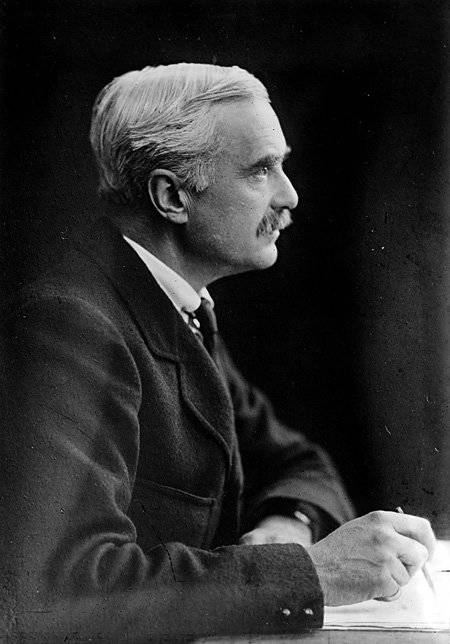
In 1903, under pressure from the public, the UK is initiating an investigation into the increasing allegations of human rights abuses in the FGC. British Consul Roger Casement, after visiting the Congo, during which he interviewed dozens of witnesses and victims of the policy of Leopold II, publishes a report confirming many of the facts of the extermination of people for commercial gain.
From Roger Casement report:
“Child's testimony: We all ran into the forest - me, my mother, grandmother and sister. The soldiers killed a lot of ours. Suddenly they noticed her mother’s head in the bushes and ran up to us, grabbed my mother, grandmother, sister and one foreign child, smaller than us. Everyone wanted to marry my mom and argued among themselves, and in the end they decided to kill her. They shot her in the stomach, she fell, and I cried so badly when I saw it - now I didn’t have a mother or a grandmother, I was the only one left. They were killed before my eyes.
A native girl says: On the way, the soldiers noticed the child and went to him with the intention of killing him; the child laughed, then the soldier swung and hit him with his butt, and then he cut off his head. The next day, they killed my stepsister, cut off her head, hands and legs, which were bracelets. Then they caught my other sister and sold her to the tribe. Now she has become a slave. ”
In 1904, Morel and Casement create the Congo Reform Society. Morel visits the largest cities of the world with speeches and appeals to the “world community” to intervene and stop the destruction of the inhabitants of the Congo, and branches of society open in Europe and the USA.
Many well-known writers of the era took an active part in resolving the “Congolese problem”, as well as in the activities of the Society itself: Herbert Ward, Arthur Conan Doyle, Anatole France, Joseph Conrad, Mark Twain. Sir Arthur Conan Doyle wrote the book Crime in the Congo, and Mark Twain the pamphlet Monologue of King Leopold II in Defense of His Sovereignty. However, the adventure story The Heart of Darkness, written by Joseph Conrad back in 1899, had the greatest effect on the journey of the sailor Marlow on the lost tropical river in the Congo. During the trip, the main character witnesses the statement of the terrible colonial order and meets a man named Kurtz, whose name alone causes fear in anyone who pronounces it, from natives to colonial officials.
Joseph Conrad's “Heart of Darkness” (Russian translation of “Heart in Darkness”) formed the basis of the famous blockbuster Francis Ford Coppola “Apocalypse Today”.
As a result, the UK demands to reconsider the decisions of the Berlin Conference, and the Belgian socialists are initiating the emergence of an independent commission to investigate the situation in the Congo. Thus, the Congo Reform Society is becoming one of the first international human rights movements of the 20th century.
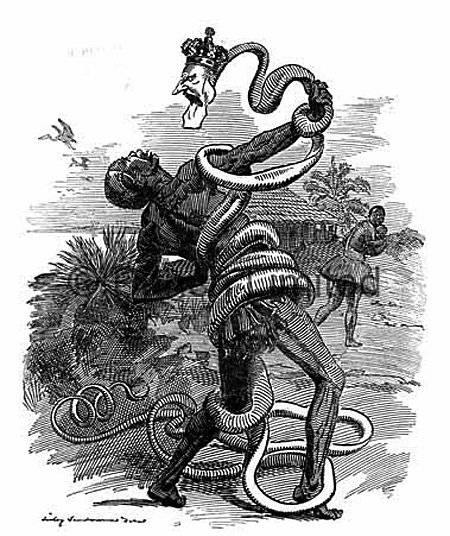
Yielding to massive international pressure, Belgium annexed SGC in 1908, removing Leopold II from power. Before the surrender of the FGC, the King of Belgium took care to keep as little material evidence as possible of his atrocities, and to destroy all the public archives of the FGC. However, the inhuman methods of dealing with Congolese continued over the next decades, although not to the extent that it was under Leopold II. By the 1959, Belgium began to lose control of the colony rioted by the riots, especially in the city named after the king - Leopoldville (now Kinshasa). 30 June 1960, the Congo proclaims independence, but the world never comes to the country, military coups take place there regularly, and the economy is still in the hands of large corporations.
In Belgium, Leopold II remained in the memory of the people as the king-builder, for his commitment to large-scale architectural projects, such as the Arc de Triomphe in Brussels, the Hippodrome and the Royal Galleries in Ostend.
But best of all the attitude of the Belgians to their king characterizes story with a monument in Ostend. In 1931, a monument was created in honor of Leopold II from grateful sailors of the city of Ostend and residents of the Congo. The inscription on the monument reads: "With thanks from the Congolese people for their release from the Arab slave traders." In 2004, a certain group, in reminder of crimes committed by the king, sawed off the brush with a bronze figure of a Congolese. The most interesting thing is that the city council of the city decided not to return its original appearance to the statue, but to leave it as it is.
For a long time the genocide in the Congo was brought to oblivion, and only in recent years, books and films about events of a century ago begin to appear.
Information